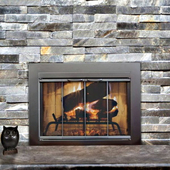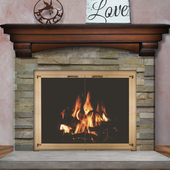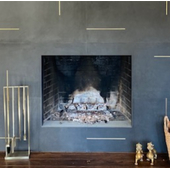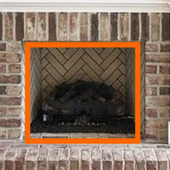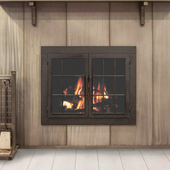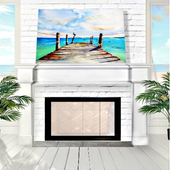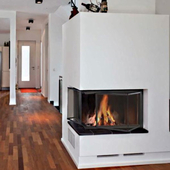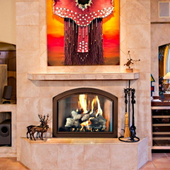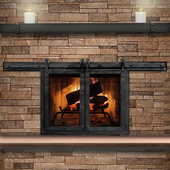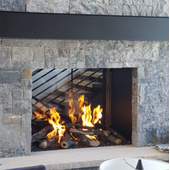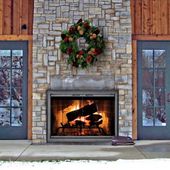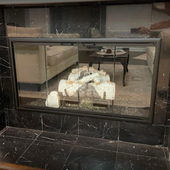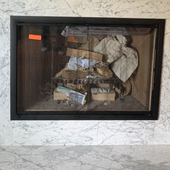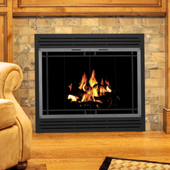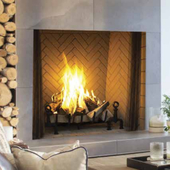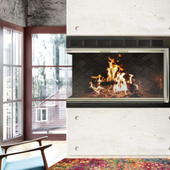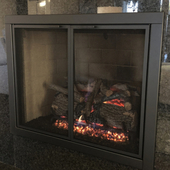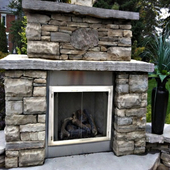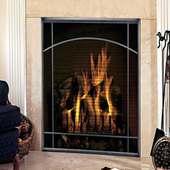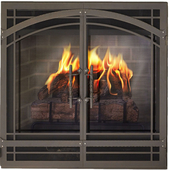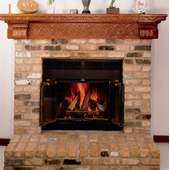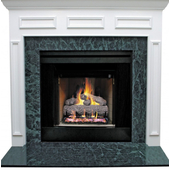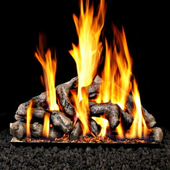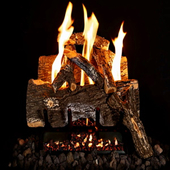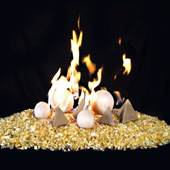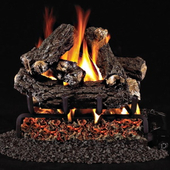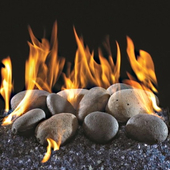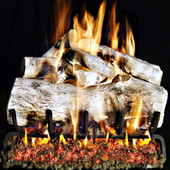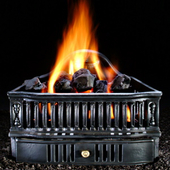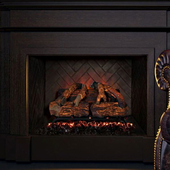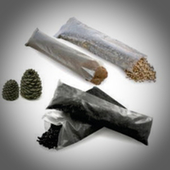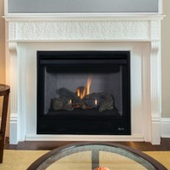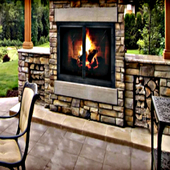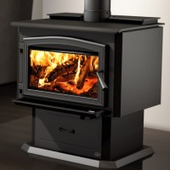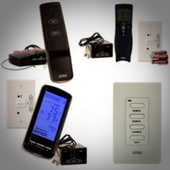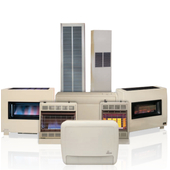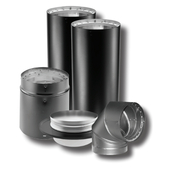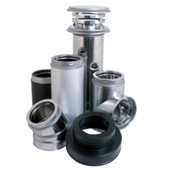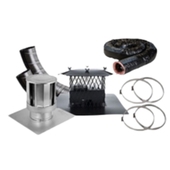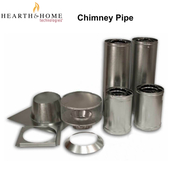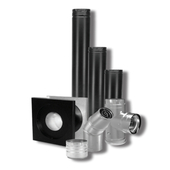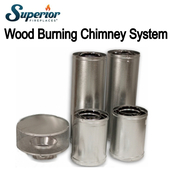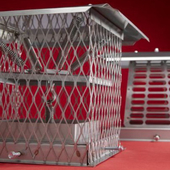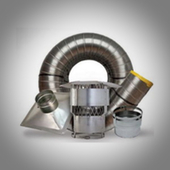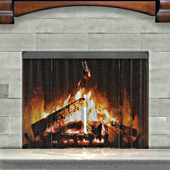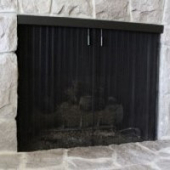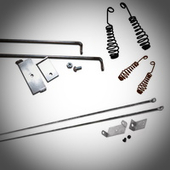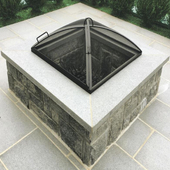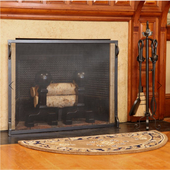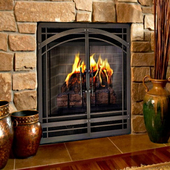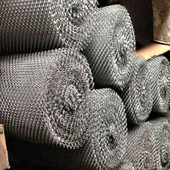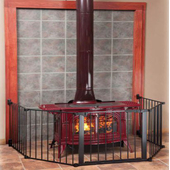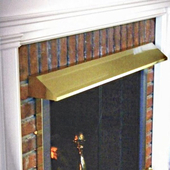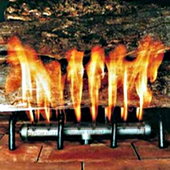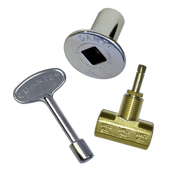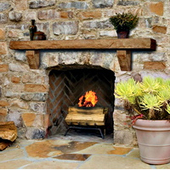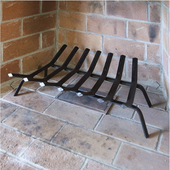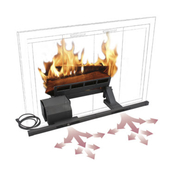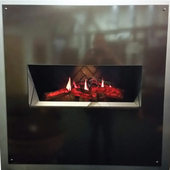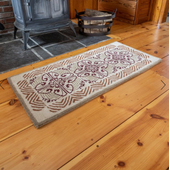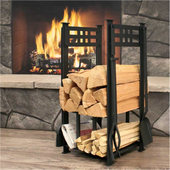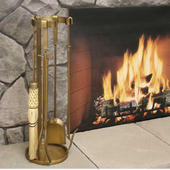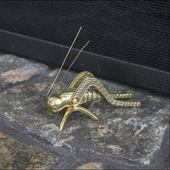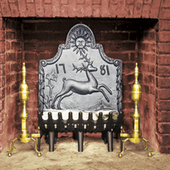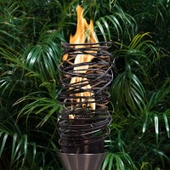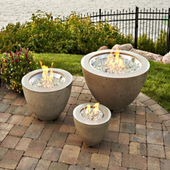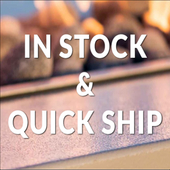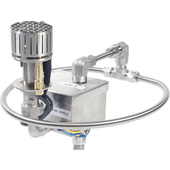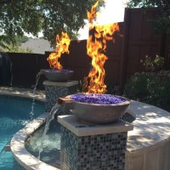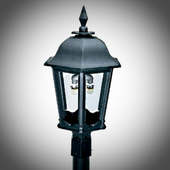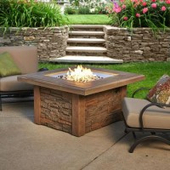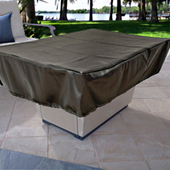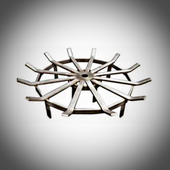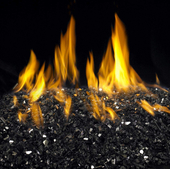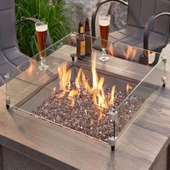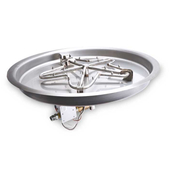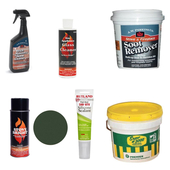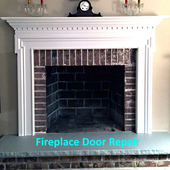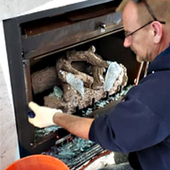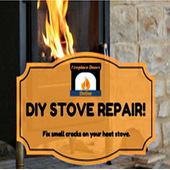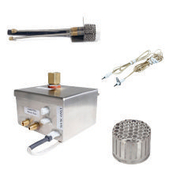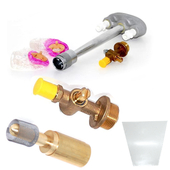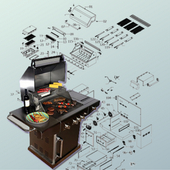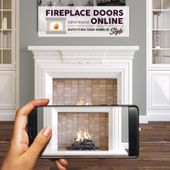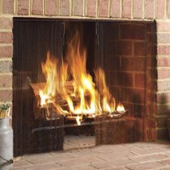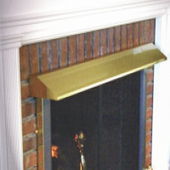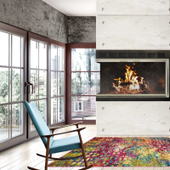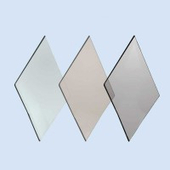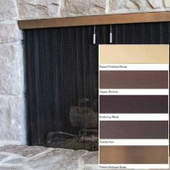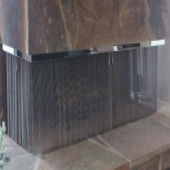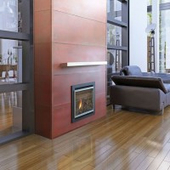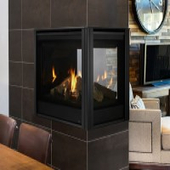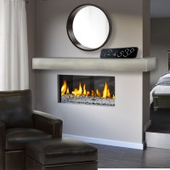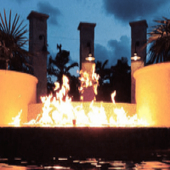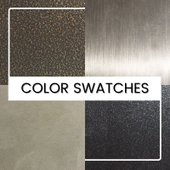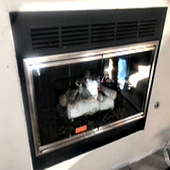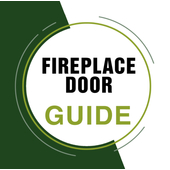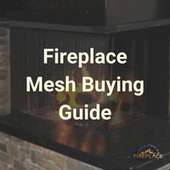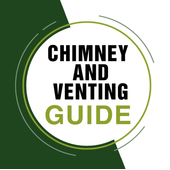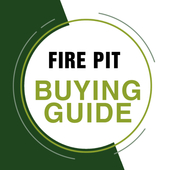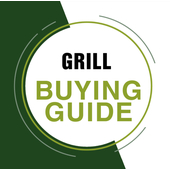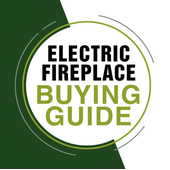What Type of Chimney Liner Do I Need?
Chimney liners aren’t just a coding hassle required by most states; they serve a very valid purpose in any home. Having a chimney liner is important, but so is what type you use. Some chimney liner types are better options than others for a chimney, it just depends on how the chimney is made, the type of fireplace and what type of fuel will be used to keep the fire going during cold, snowy winters.
Clay Tile
First, there’s clay tile. This is a great option for a homeowner whose looking for a value and willing to be diligent in maintenance. Clay tiles are inexpensive and readily available anywhere, and as long as a chimney is cleaned and maintained regularly, they are a great option. It’s important to note that with this option, however, that the clay tiles don’t absorb or distribute heat the same way other types of chimney liners do in the event of a chimney fire. When a chimney is well maintained it significantly reduces the risk of a chimney fire though, so it’s best to purchase a chimney brush and set a cleaning schedule.
Metal
Stainless steel chimney liners are a popular choice for homeowners because they are easier to install and readily available. And, they are also very safe and durable as long as they are maintained properly. They also come in rigid and flexible options that not only allow for easier installation, but it is also easier to install on unique chimneys that may not be the conventional straight chimney that is most commonly seen with homes.
There are two different types of metal chimney liners—stainless steel and aluminum. For fireplaces, homeowners should stay with stainless steel as aluminum is designed for lower temperature gas appliances. The stainless steel chimney liner will help protect your home from excessive heat put off by your fireplace in addition to keeping your chimney safe from the chemicals your fireplace puts off.
Thanks to the easy to install nature of metal chimney liners, this is a great DIY project for any homeowner, just be sure to have it inspected after the fact to ensure that it is safe and will do the job.
Cast in Place
Unlike a metal chimney liner, this type of chimney liner is permanent. Once it’s installed, it’s there for good. This option is more expensive than the clay tile or metal chimney liner options, but it also will last at least half a century. Many homeowners choose this type of chimney liner because it will likely outlast their home ownership.
When a cast in place liner is installed, professionals will put an inflatable bladder in the chimney and install supports around it to ensure that it stays in place. Framework will be installed at the bottom of the chimney and then light weight cement specially blended for chimney liners is poured in around the inflated bladder. Once it has set and hardened, the bladder is deflated, the framework and supports removed, and any finishing work is done to the cast-in-place chimney liner. There are a few other methods, but he above one is popular among contractors as it is less labor intensive.
Many professionals believe that it can stabilize a chimney. The cement can seep into damaged areas of the chimney wall and provide more stability to the aged chimney.
Regardless of which method you choose, it’s important to shop domestically. Not only will shipping be more affordable, but a high quality chimney liner can prevent a house fire as well as increase the value of your home when it comes to selling it. You can prolong the life of your chimney liner with regular maintenance as well as insulating it (link to blog post). Check out our high quality, value chimney liners today!
Click on the Add New button below to submit a question about this product. Please ONLY submit product questions. For all other inquiries, please contact us at 1-888-986-1535.
Comments
No posts found


